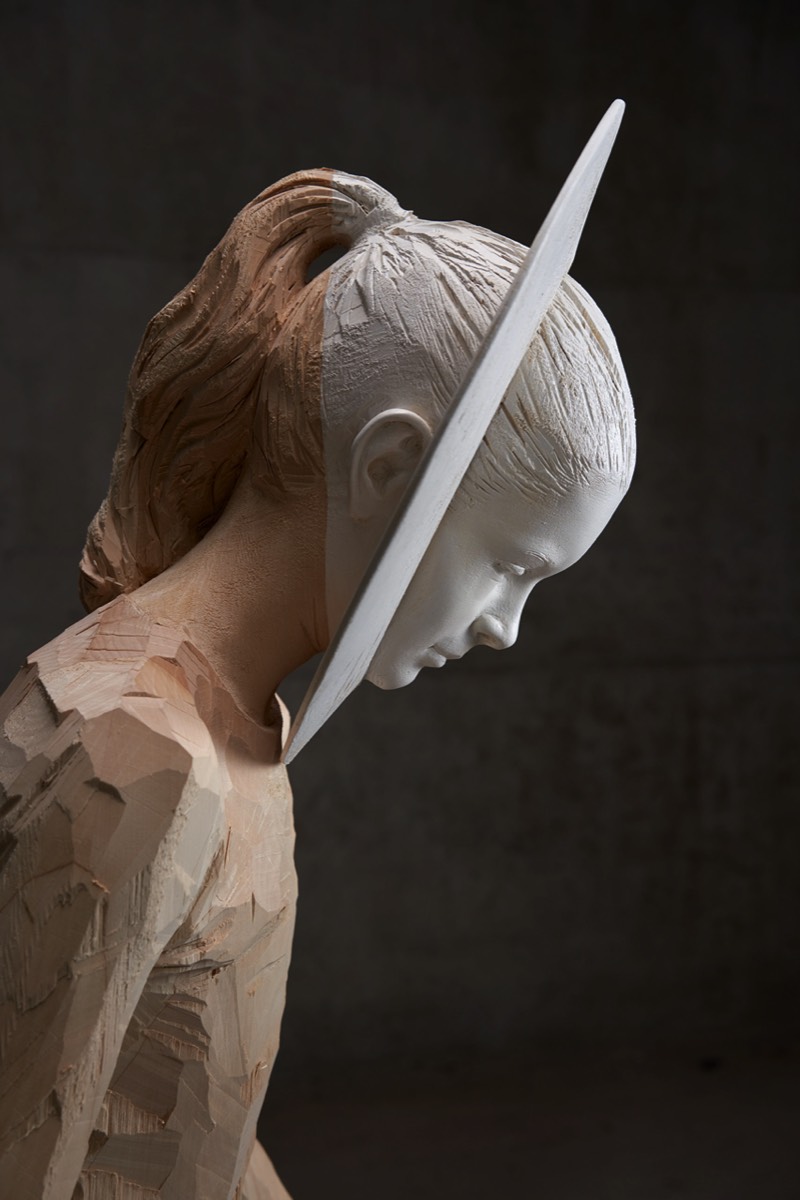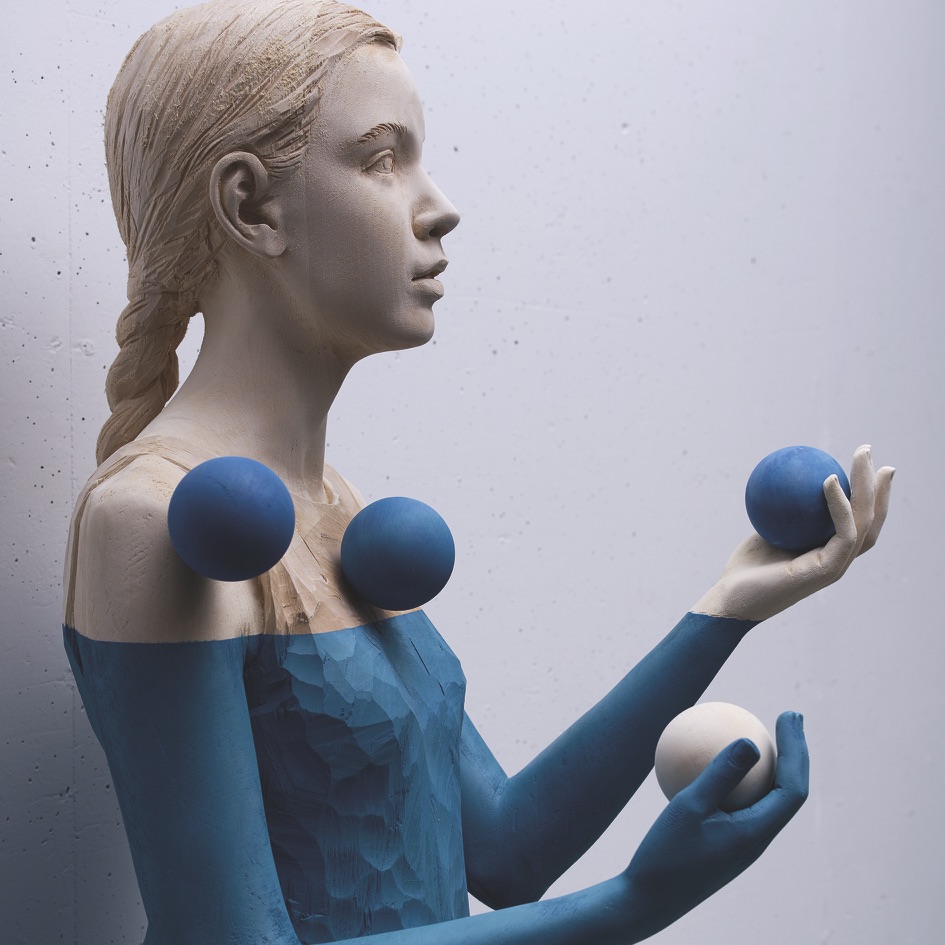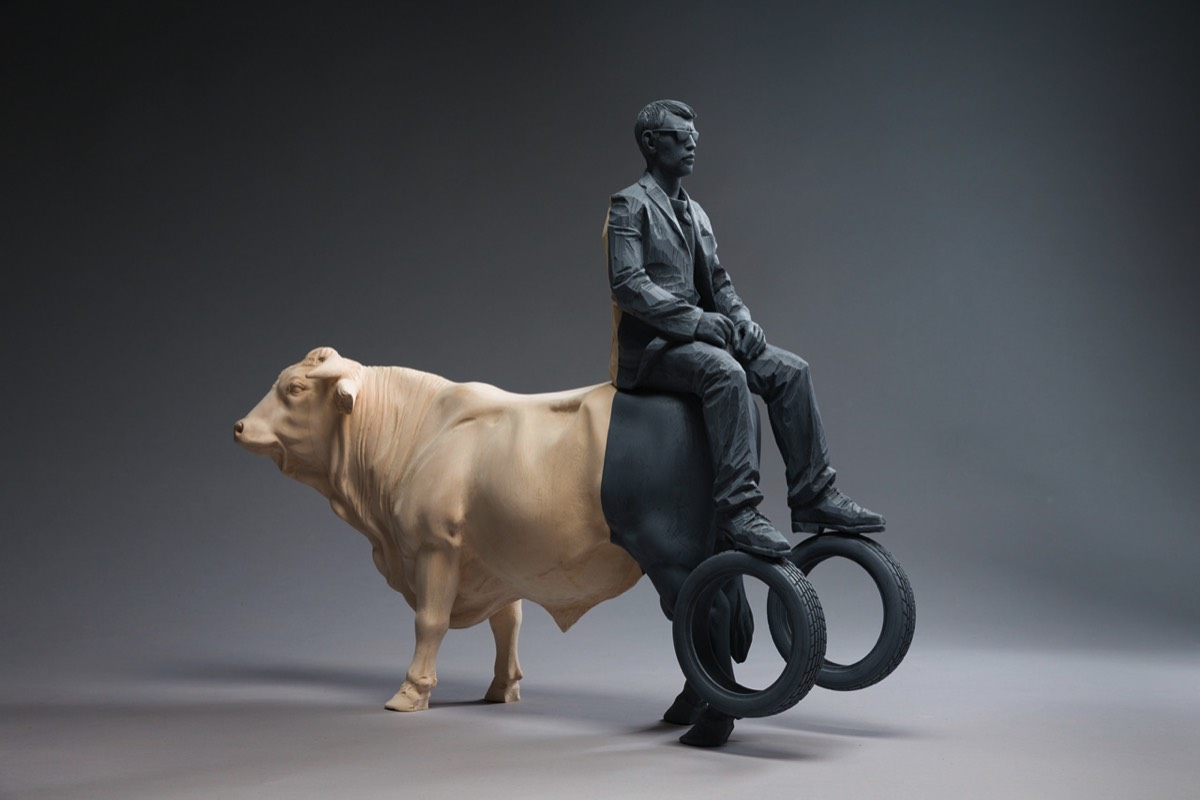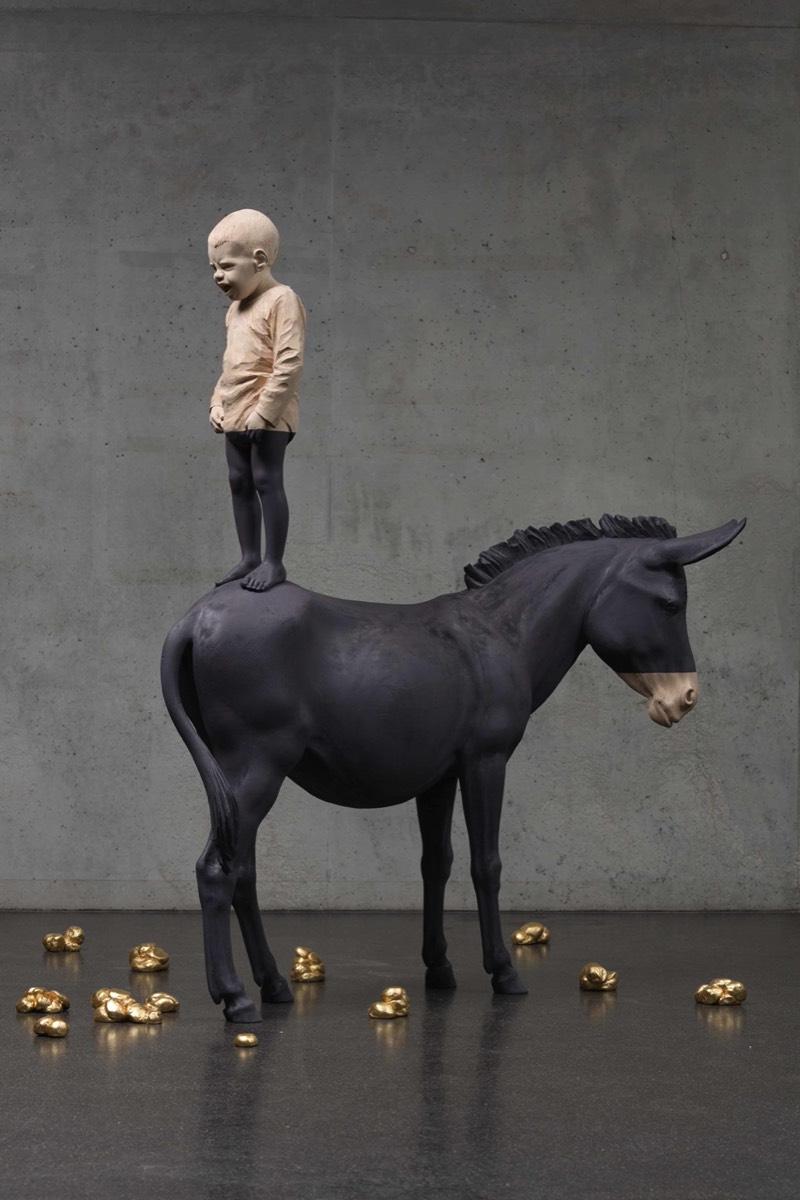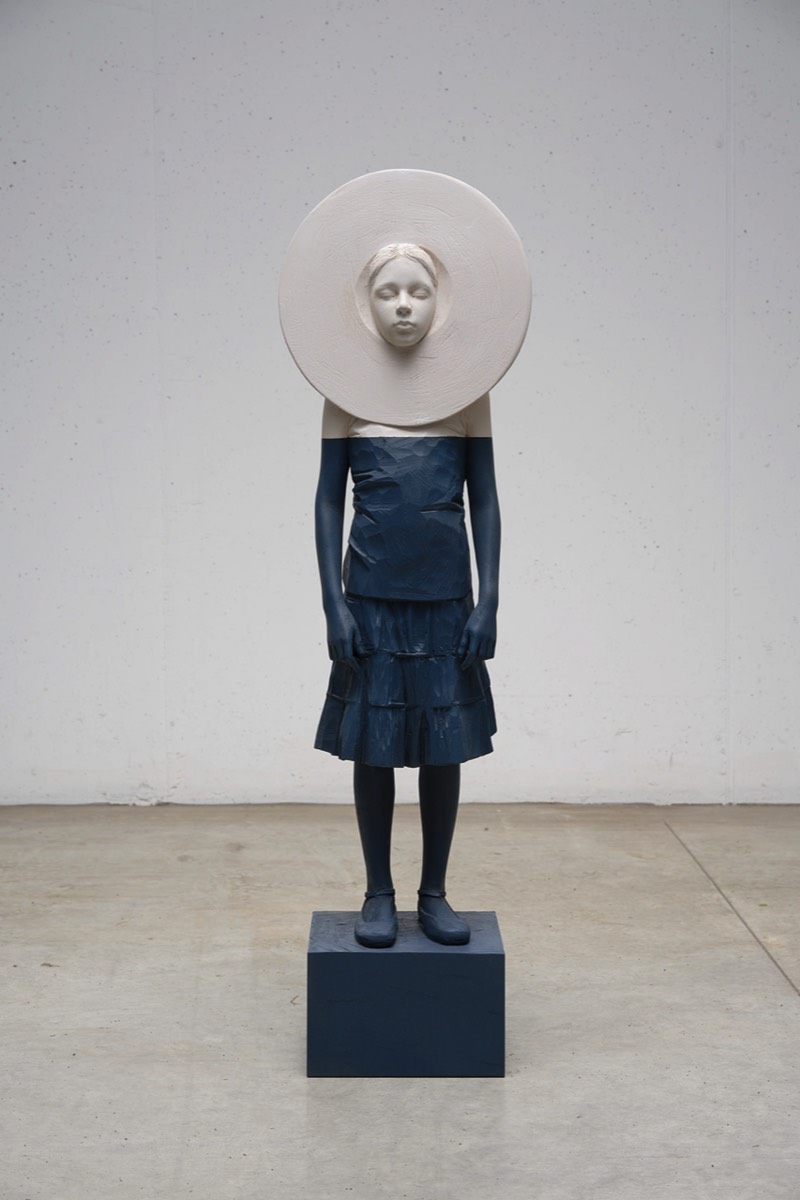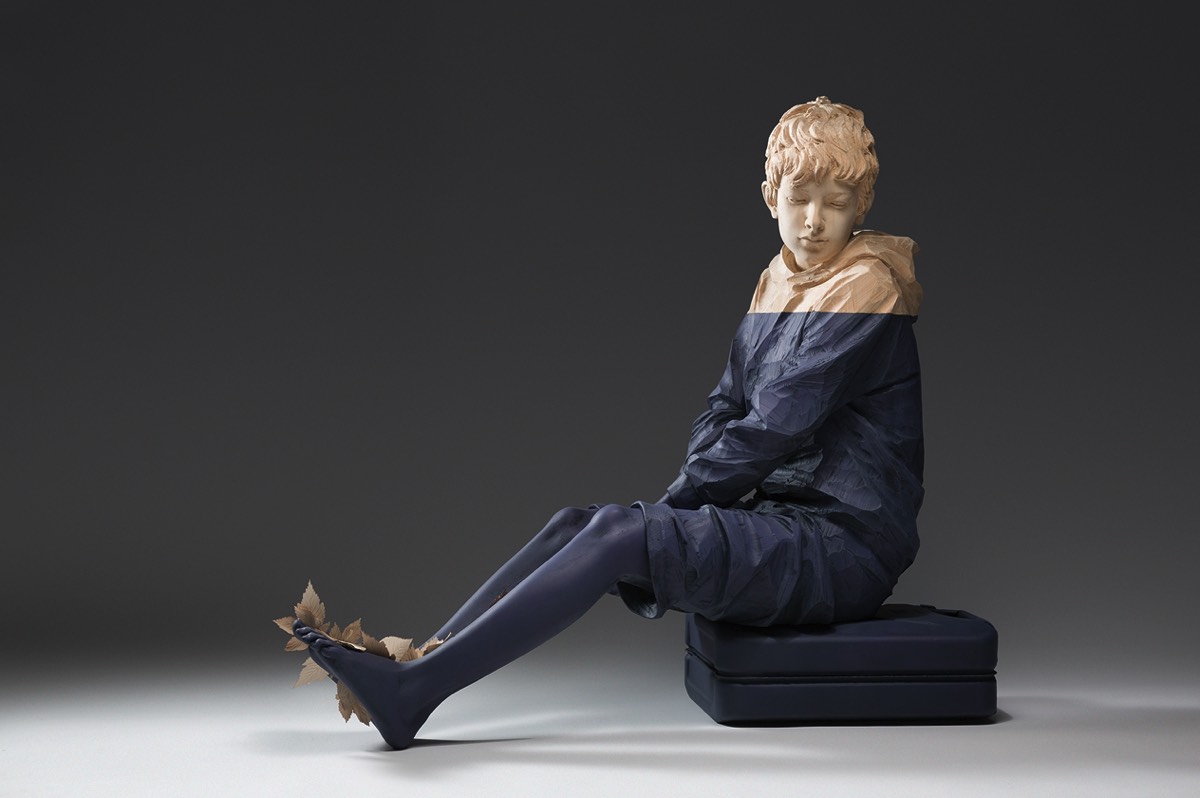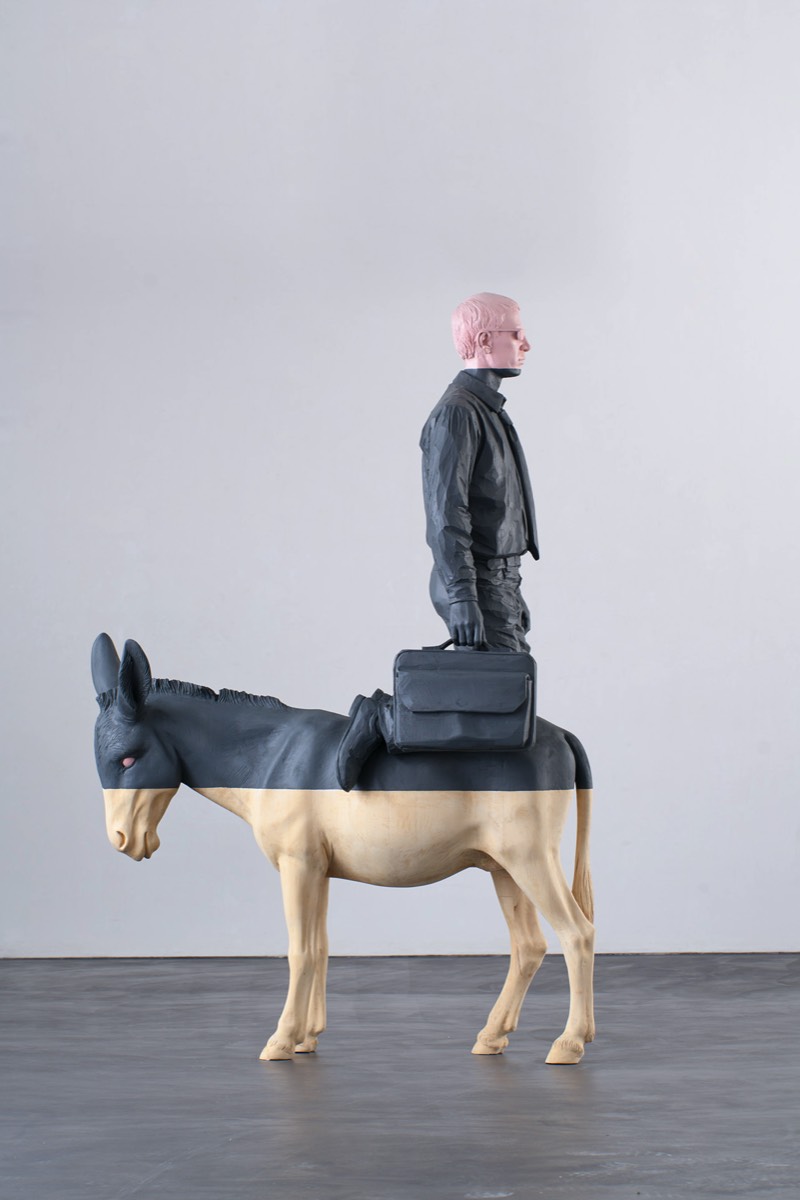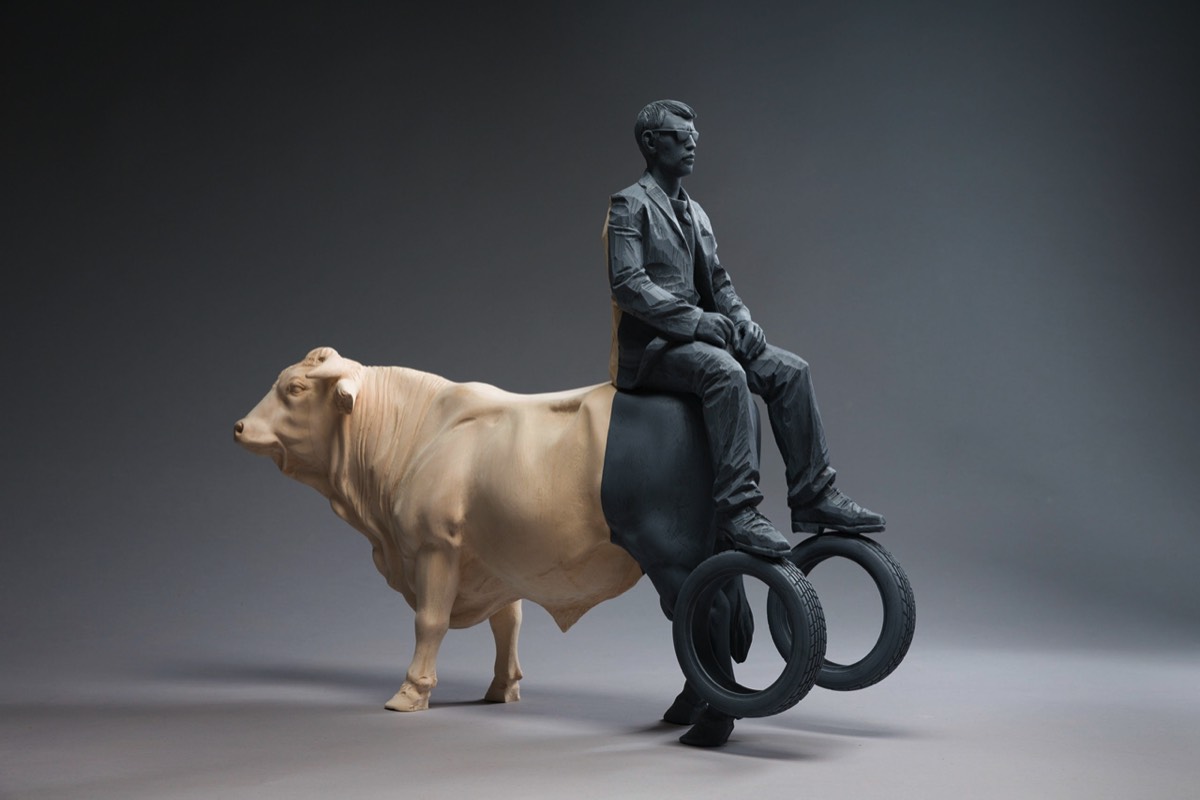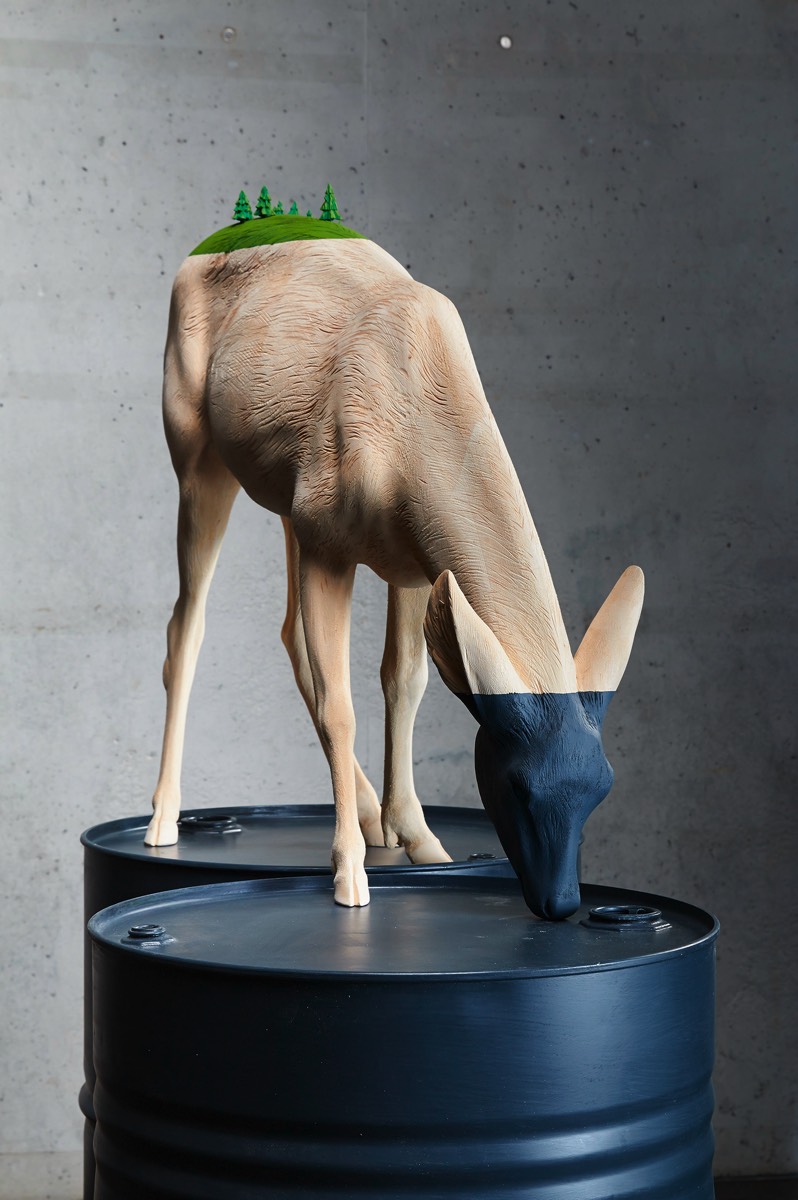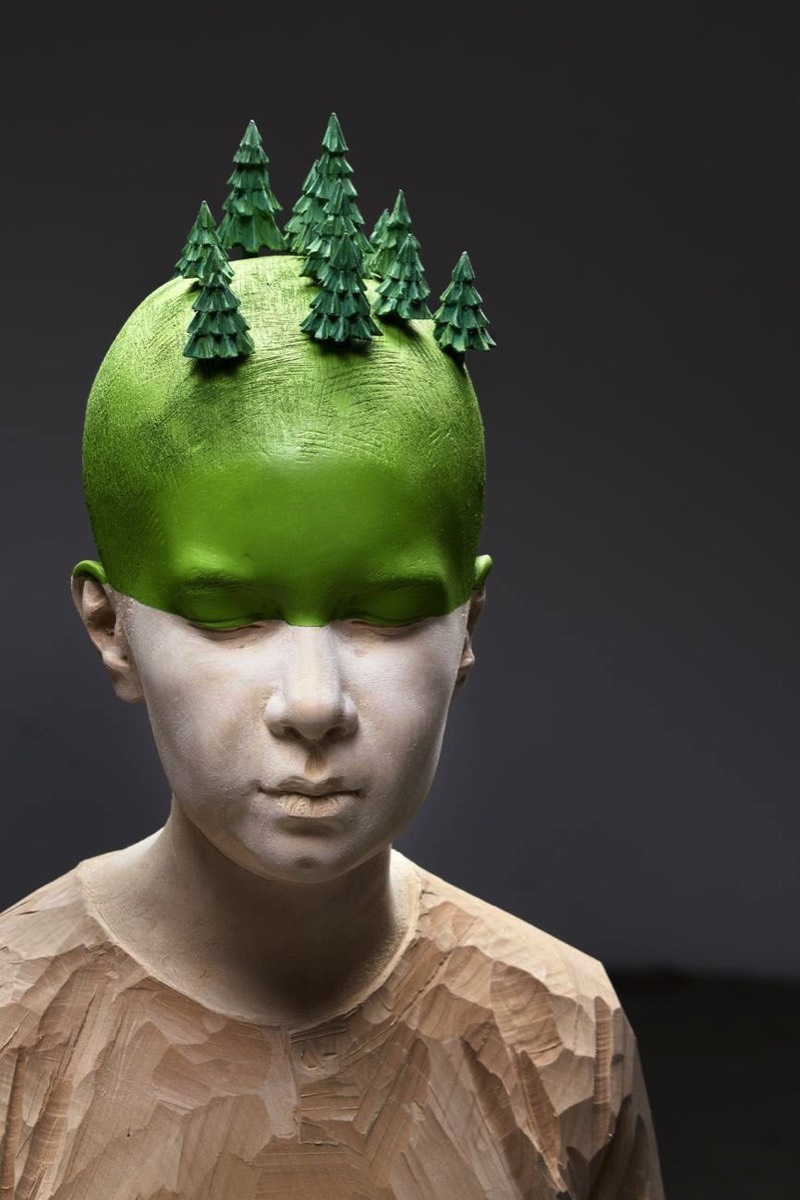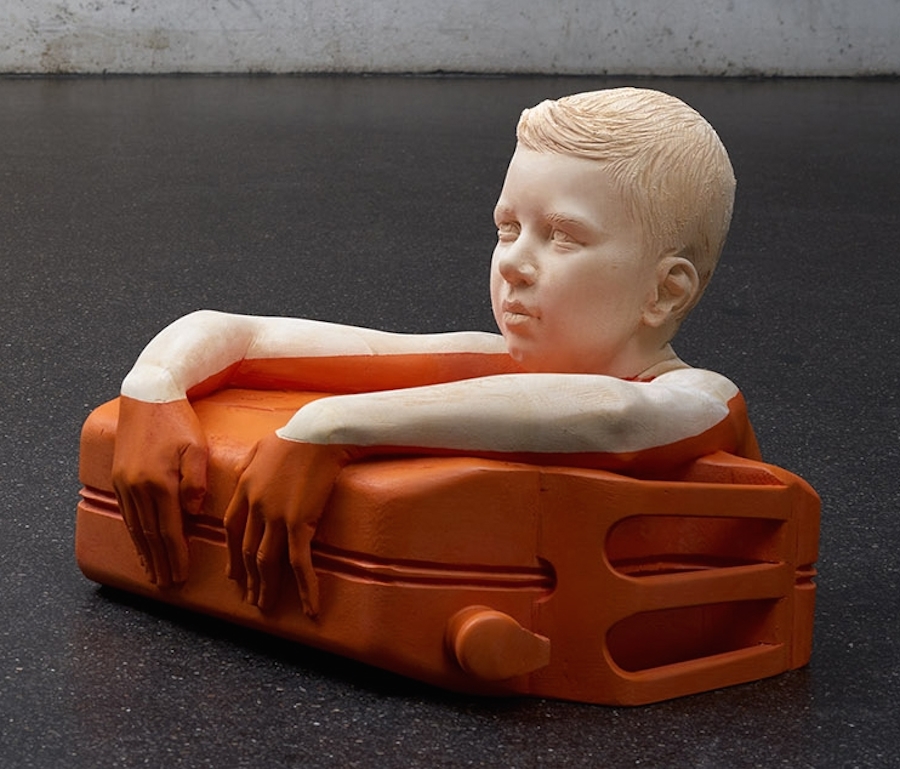WILLY VERGINER
Sculpture as Immersive Imagery
By:
Thomas Jukes
Willy Verginer was born in 1957 in one of the most northerly areas of Italy, Bressanone. The young boy was to grow up surrounded by the towering forests and mountain peaks of the Dolomite range that would later become an important inspiration for his later creative work.
There are people in this world who are seemingly called to by a life of artistic creation and Willy Verginer was no exception to this phenomenon. As a young man, Verginer would start his artistic career by studying painting at the Art Institute of Ortisei. However, the draw of the paintbrush would not last long, during his studies he would frequently pay visits to the many distinguished woodworking and sculpture studios across the Val Gardena region, many of these studios had been famed for their skill and craftsmanship with wood since the 18th century.
After he graduated from the Art Institute of Ortisei he immediately began working in the various wood sculpture studios that he had grown so fond of. Although he was able to assimilate with these historical sculpture studios and their particular techniques of working, Verginer was not ready to simply follow on with the tradition. So, in the 1980s, with traditional sculptural training under his belt, he attempted to distance himself from these now conventional methods. His means of doing this was to be autonomous learning, putting his creative mind to work with the raw materials and finding his own personal approach to sculpture.
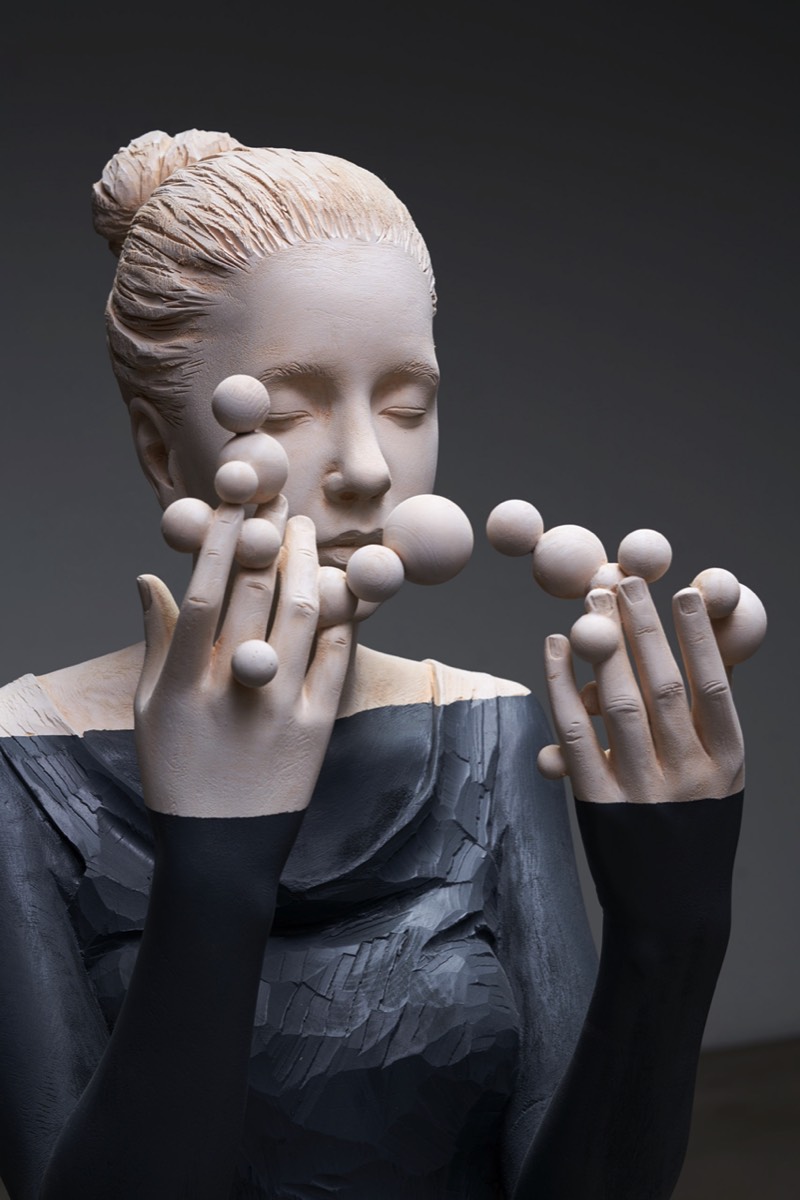
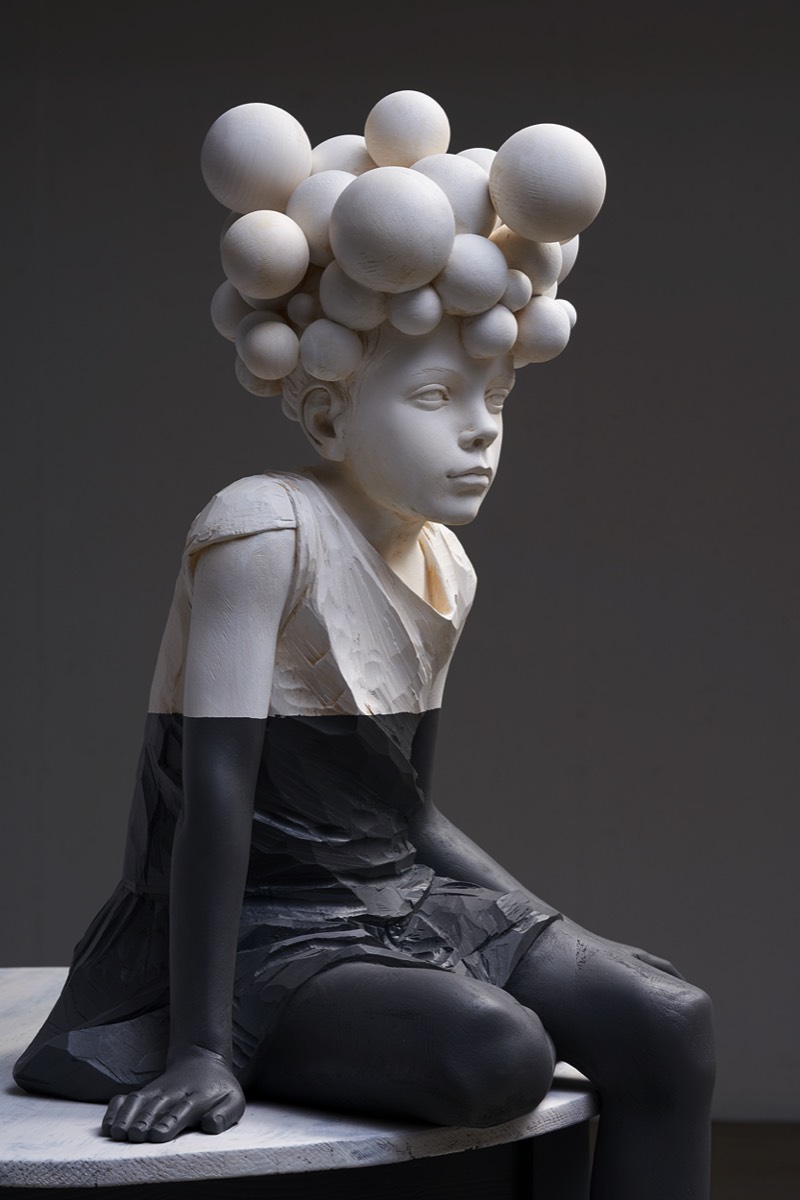
Willy Verginer would first show himself to the art world in the late 1980s when he held his first personal exhibition. The exhibition was curated by Danilo Eccher and was held at the Galleria Spatia in Bolzano. This first show would contain abstract works created by Verginer that were a mix of wood and other natural materials. Following on from this exhibition Verginer would continue to present his work at exhibitions that proved to be a highly profitable venture. In 1990 he even helped to found the Artistic Group Trisma alongside fellow artists, Walter Moroder and Bruno Walpoth. Sadly the next decade of the sculptor's life was not so joyous, research, crises and a creative drought would be the highlights of this difficult period for Verginer.
One never knows what the future holds and often the hardest parts of our lives can lead to a period of rebirth and re-enlightenment. Willy Verginer reappeared following his decade-long slump in 2005 with a radically changed sculptural pathway. The exhibition held at Galleria Castello in Trento would be the first time the world would see the new form of sculpture that Verginer was now creating. His pieces were now highly figurative and visually striking works. No longer combined with natural materials but instead making use of acrylic paint and vibrant shades of artificial colour in juxtaposition with the natural timber. This break from his original style was well received and he subsequently went on to exhibit across Italy. His work has now garnered so much attention that his works can now be found in numerous private and public collections: not just in Italy but now internationally.
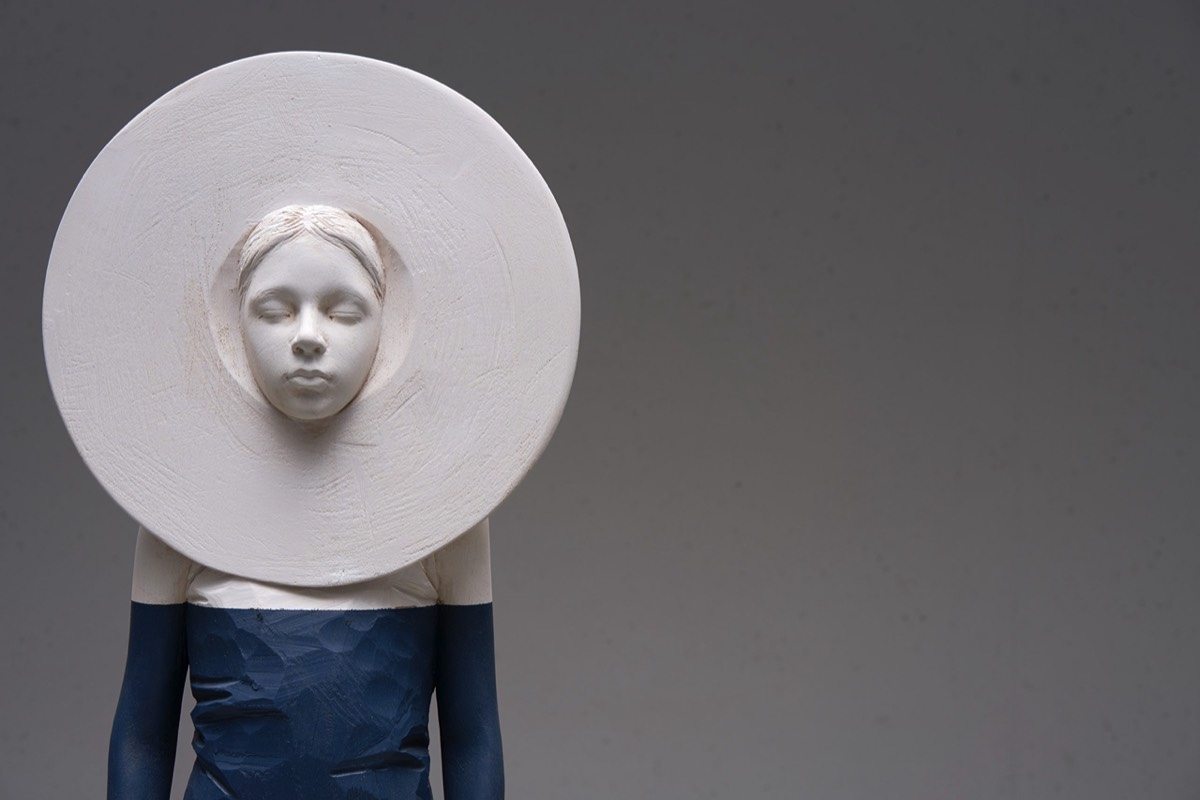
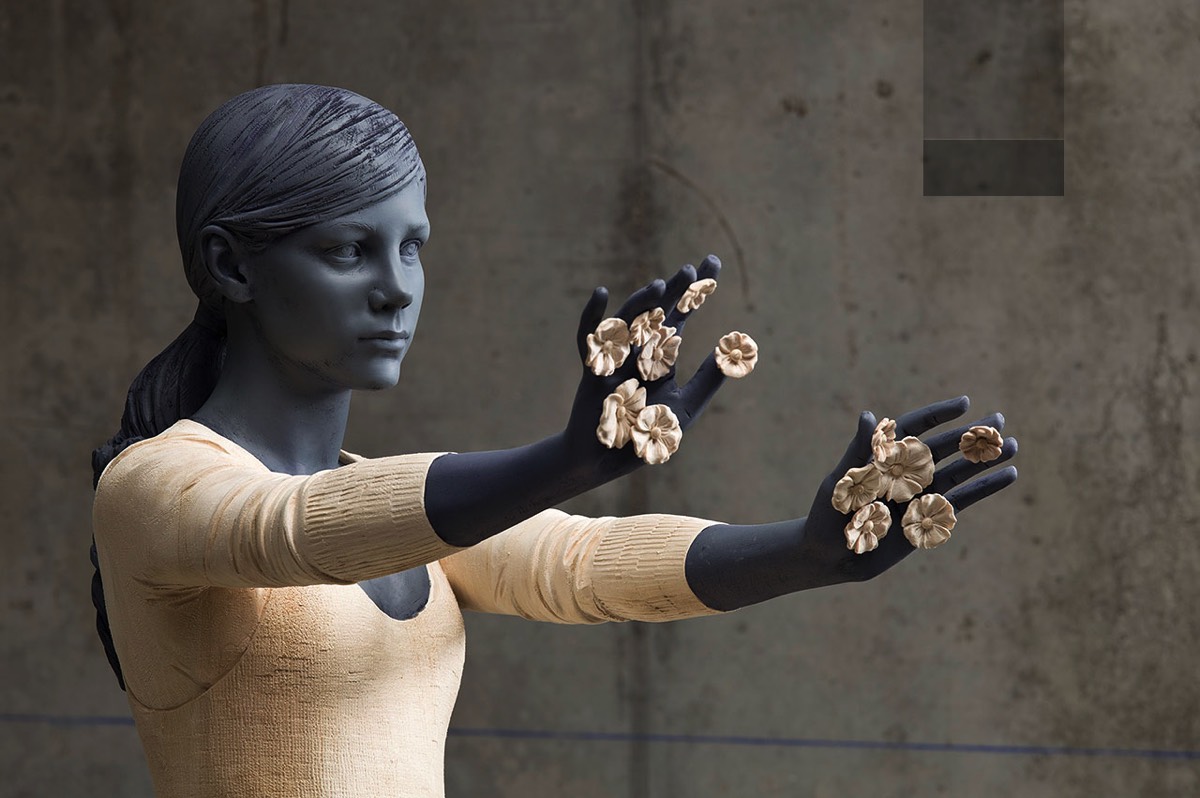
Willy Verginer’s sculptures are a creation of not only time and patience but also great skill and thought. A piece will start its life as several blocks of wood, these pieces are dried naturally over a period of six years in order to avoid any morphing. Once the blocks have been dried they are assembled together into a far larger mass and from here the sculptor visualizes the final result that awaits within the blocks. When the vision is in place Verginer can begin to work into the form using, at first, a chainsaw and a hatchet. This more brutal stage is followed by refining work using smaller tools such as chisels. The resulting sculptures are a marvel to behold, they have an incredible realism and yet you can still observe the carving marks. Rather than detracting from the realism, these marks seem to give the sculptures a stronger sense of movement, life, and texture. All of Verginer’s sculptures feature a dominant and striking colour. Said colours are usually found covering only part of the work, this creates a wonderful juxtaposition between the naturally muted colour of the wood and the vivid artificial paint surface.
The use of colour in Verginer’s sculptures ties human and animal forms to other elements that are depicted in the work. Figures are connected and almost merged to the artificial objects that surround or ground them. From oil barrels to tin cans and bottles even animal subjects can be seen connected to these garbage items through the use of block colour. This technique brings with it a strong message of our worldly connection with the waste that we are producing. It feels very much as if the use of wood for the sculptures adds to this message: the figures and animals are natural, but the artificial objects are attempting to take the place of natural objects in both form and function. Then the block colour is introduced to the sculpture and conveys that it is filling or swallowing up the sculpture. An invasive artificial covering that threatens to turn all that is natural to one consistent and man-made object.
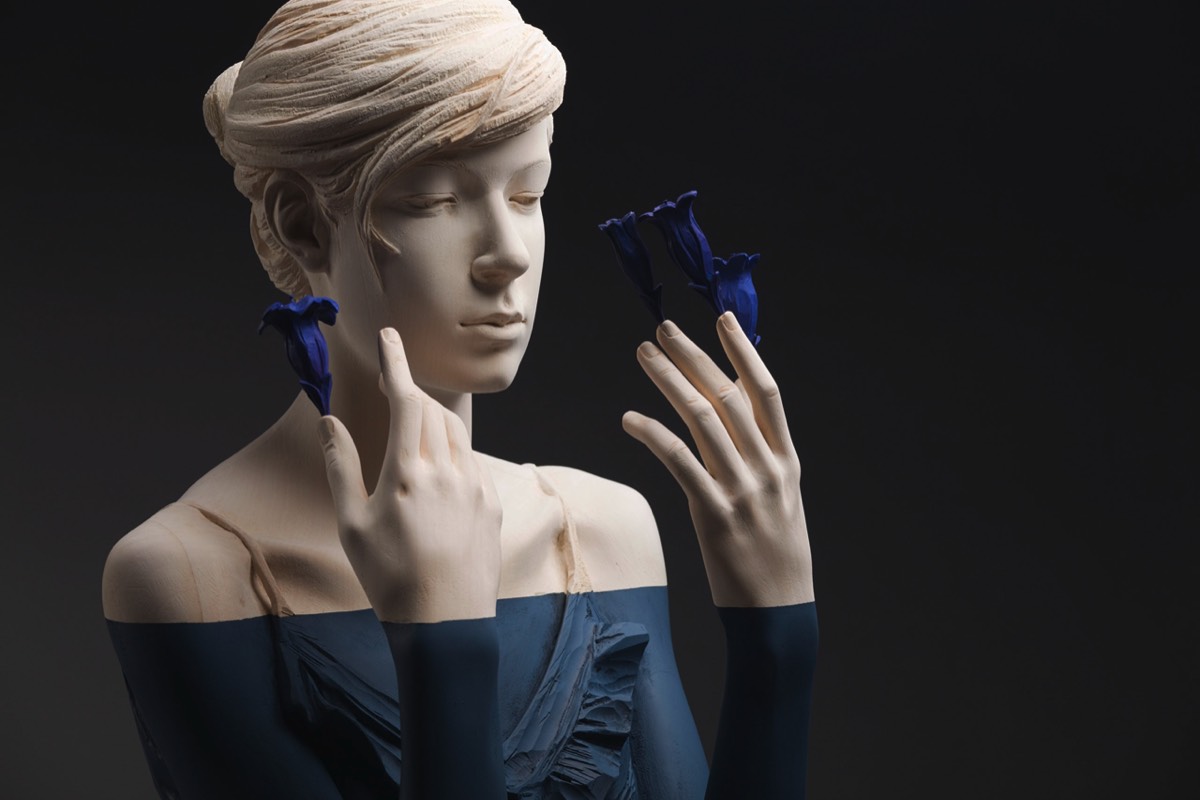
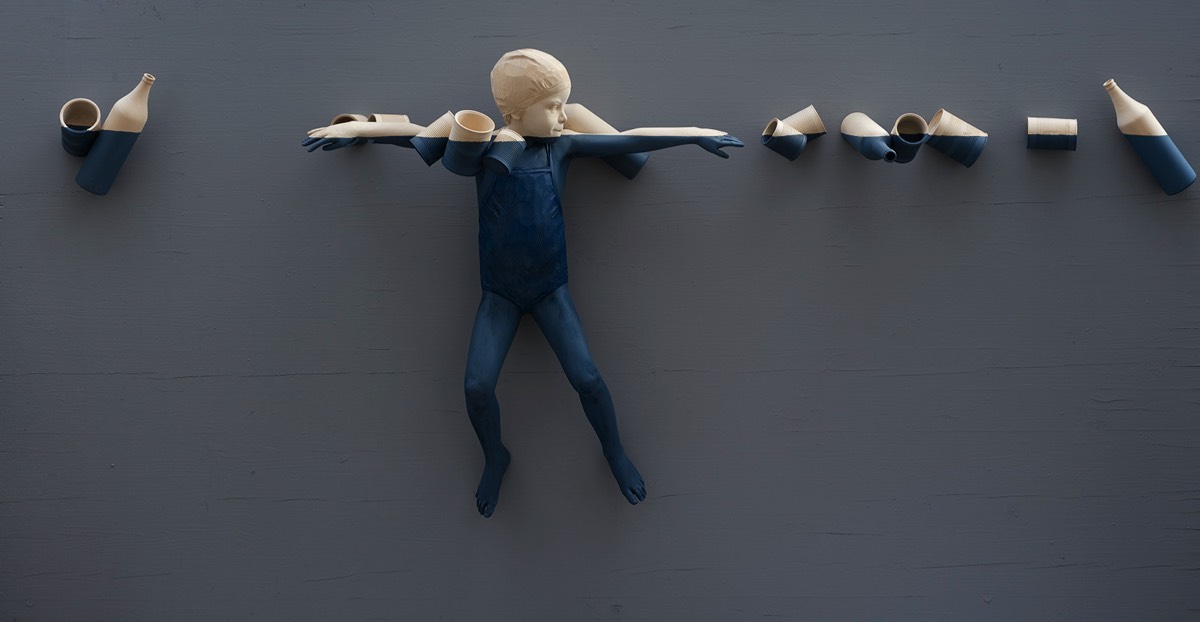
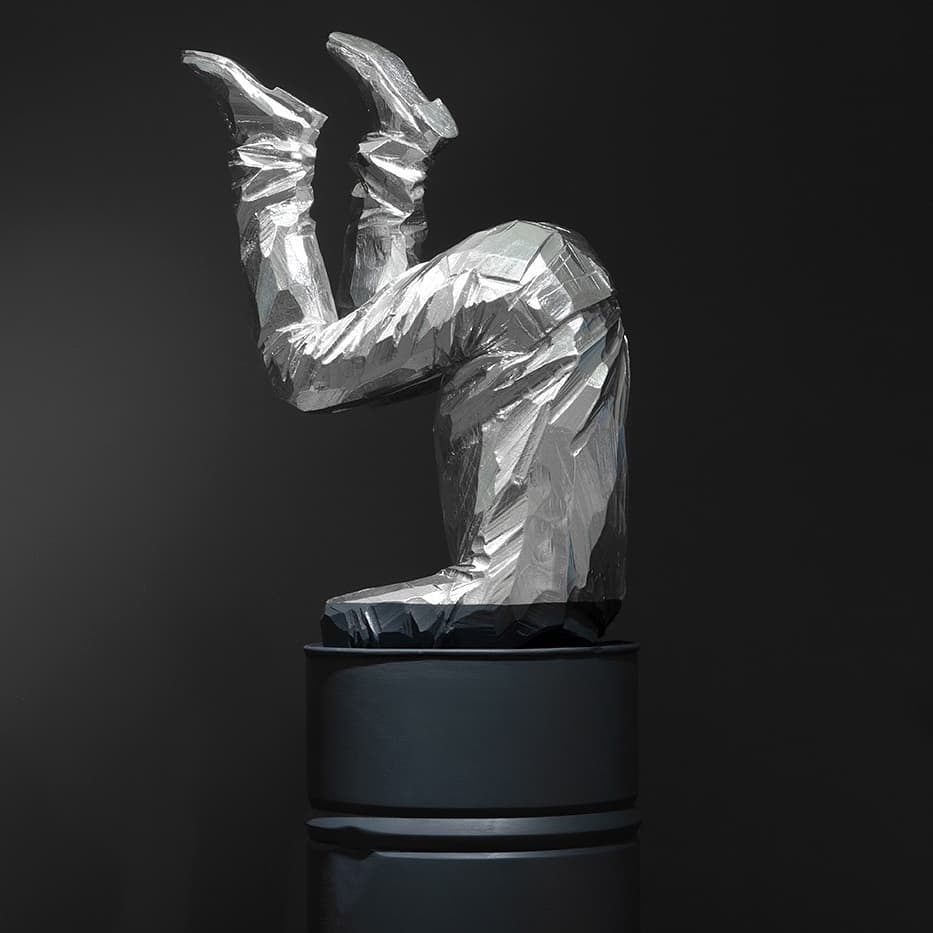
Through this Verginer is able to convey the delicate balance that exists in our ecosystem and how the artificial world of humans is beginning to take over. By drawing us in with a striking, yet beautiful, aesthetic Verginer is able to encourage the viewer to contemplate the issue of global pollution and climate change. Importantly, all these thoughts are brought to the viewer through the use of time-honored sculptural traditions and skill. It is a credit to the artist that he has taken a classical training, where his skills would be purely for aesthetics, and turned his talents to not only creating beautiful sculpture but also to create emotive and challenging works of art.
